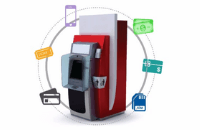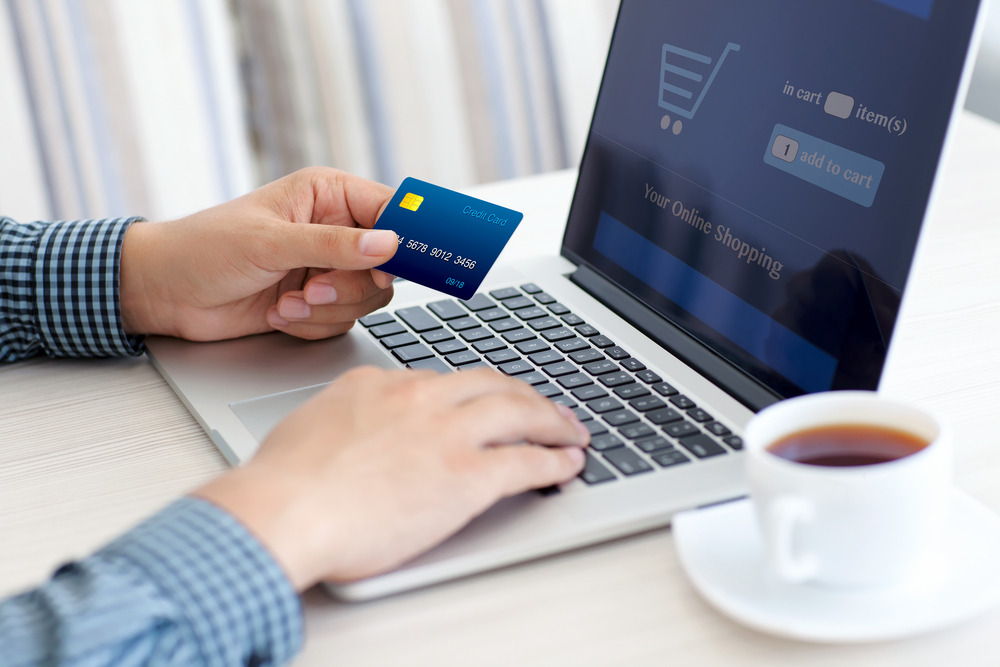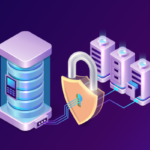The world of online shopping brings millions of products and services at customers’ fingertips. Online window-shopping is now easier than ever. Now you can browse and purchase products on your handheld devices, irrespective of the time or location. This means big business for online merchants as well as technology providers. The escrow service is an important trust building utility, especially for new business acquisition. However, many ecommerce stores are not fully capitalizing on the opportunity.
Ecommerce marketplaces use payment gateway services enable merchants to acquire payments from customers. A payment gateway enables customers to pay using different modes. Customer satisfaction and protection is the top priority for online marketplaces. As a result, there is need for escrow payments that can protect both buyers and sellers. Escrow service helps central scheme in maintaining control over the sales cycle. This includes verifying customer payments, monitoring merchant conduct and negotiating accordingly, pre-charging their fee from merchants, etc. Following are some cases where an escrow service can help ensure safeguarding the rights of buyers as well as sellers through dispute management controls.
- An unregistered customer performs a purchase transaction after entering relevant card information. Since card information is used only once, user data is not saved. The central scheme can use this opportunity to pitch the escrow facility as an incentive for the customer to sign up. This not only helps enhance the customer experience but also helps generate repeat business and monitoring of sales trends.
- A registered customer can access the customer portal/website and login with their unique credentials to view previous purchase statuses and transaction history. Customers then see available transaction options, including a list of saved cards (if any). Once the customer performs a transaction, payment gateway acquired the amount and place it into the escrow.
Successful merchant payments:
The payment gateway must safeguard a smooth payment mechanism for merchants to receive payments held in escrow after customers purchase their goods. Merchants commit a delivery date for each purchase, before which the purchased items must reach the customers. Payment gateway also offers a system configured grace period. Customers can raise disputes within the grace period to avail the escrow services.
Following are the available cases without any disputes:
- If the customer receives goods before the delivery date has expired, he/she can confirm the receiving and payment is released from escrow to the merchant.
- Merchants can also alert customers in case their own tracking systems confirms delivery. Customers can then login to the web store to confirm goods received. This releases payment from escrow to the merchant, resulting in increased mutual goodwill.
- If the delivery date as well as the dispute grace period have expired and the customer fails to update delivery status (whether or not the item was delivered), the payment is released from escrow to the merchant.
Dispute management:
Once the delivery deadline committed by the merchant has passed, there is a grace period during which registered customers can raise disputes against undelivered/faulty merchandise. Merchants can sign into the merchant portal to view payment statuses and history. They can also view available notifications in their inbox to review disputes and any related evidence attached by the customers. Disputes can result in the following cases:
- If merchant fails to respond in time, central scheme handles the dispute and make refunds based on their discretion.
- When a merchant accepts the dispute, customers instantly get the refund back.
- In case the dispute is rejected, the central scheme handles the process. After reviewing the associated evidence records, the central scheme either refund the payment from the escrow or release it to the merchant.
Modes of payment:
It is also important to note that escrow services can be utilized by a payment gateway in various unlikely situations where offline payments fail to provide such security.
- Over-the-counter: An exciting addition to ecommerce stores is over-the-counter payment. Customer can generate voucher online and make cash payment at a nearby store. This helps bring the convenience of online shopping to the offline world of cash purchases.
- Payment Cards: A payment gateway can accept both debit and credit cards. Unregistered customers can perform quick transactions without the need to register. Registered customers can have a more personalized experience based on their saved profile. This includes a list of configured cards, so they can quickly select the desired card for a particular transaction. The payment gateway communicates with the respective bank switch (for debit cards) or the payment network (for credit cards) for verification and transaction completion.
- Internet Banking: In direct debit transactions, customers can choose a favorite bank or institution for funds transfer. Customers then enter the internet banking interface of their bank after proper authentication. Upon validation and verification, the payment gateway handles the process and acquire payment for merchants.
- Mobile Wallet: Mobile Wallet transactions require a registered mobile number from the customer. Payment gateway uses the mobile number to fetch customer information for the merchant and authenticate the purchase.
Payaxis Application:
Payaxis is a payment gateway application developed by TPS and is used to power ecommerce stores. It handles the authentication pre-requisites from the customer’s bank and performs the transactions with the help of the respective payment switch/network to help complete the sale. TPS designed Payaxis considering the various scenarios and their challenges as discussed in this article.
Disclaimer: This post originally appeared in Business Recorder.










Leave A Comment